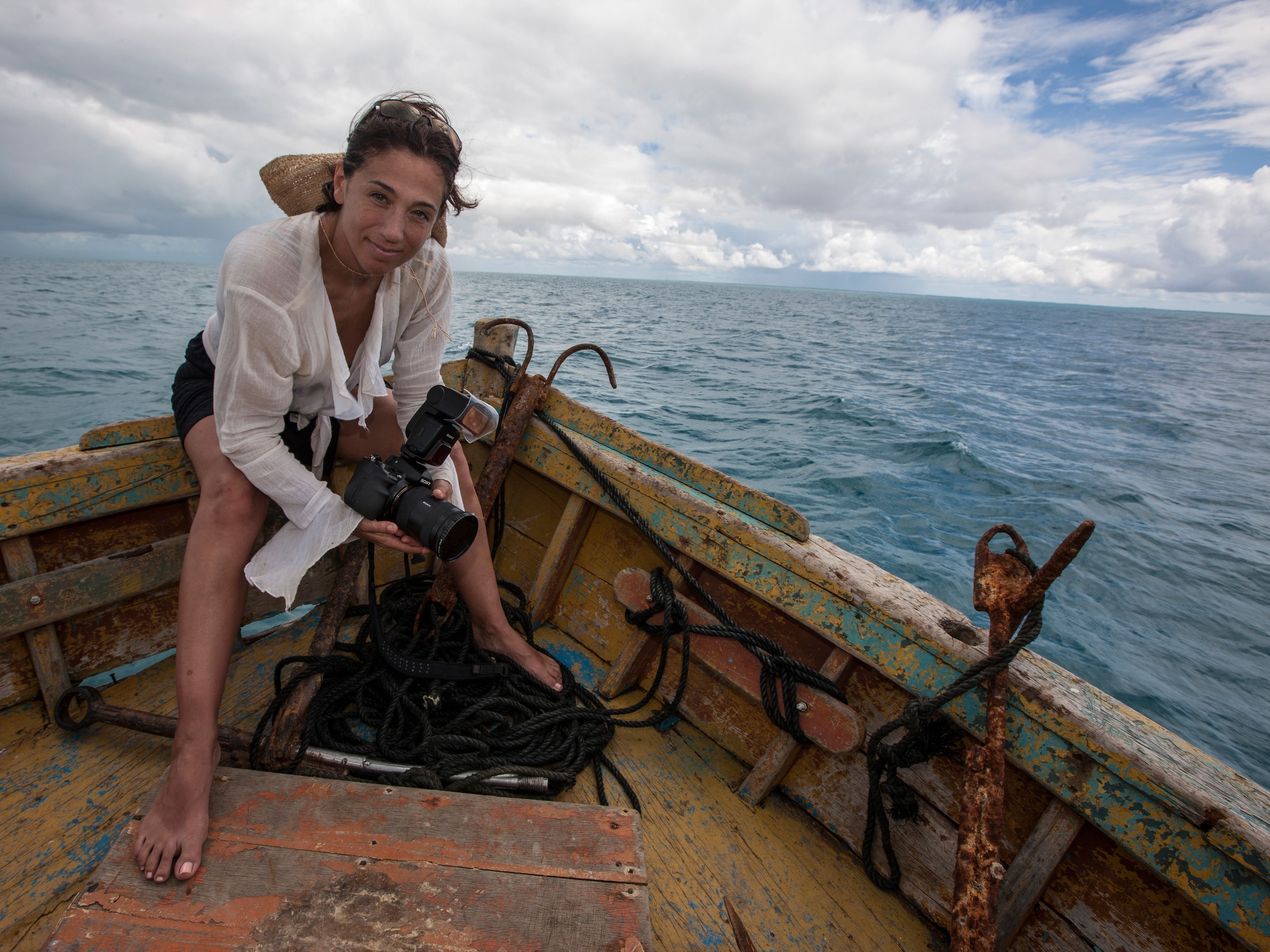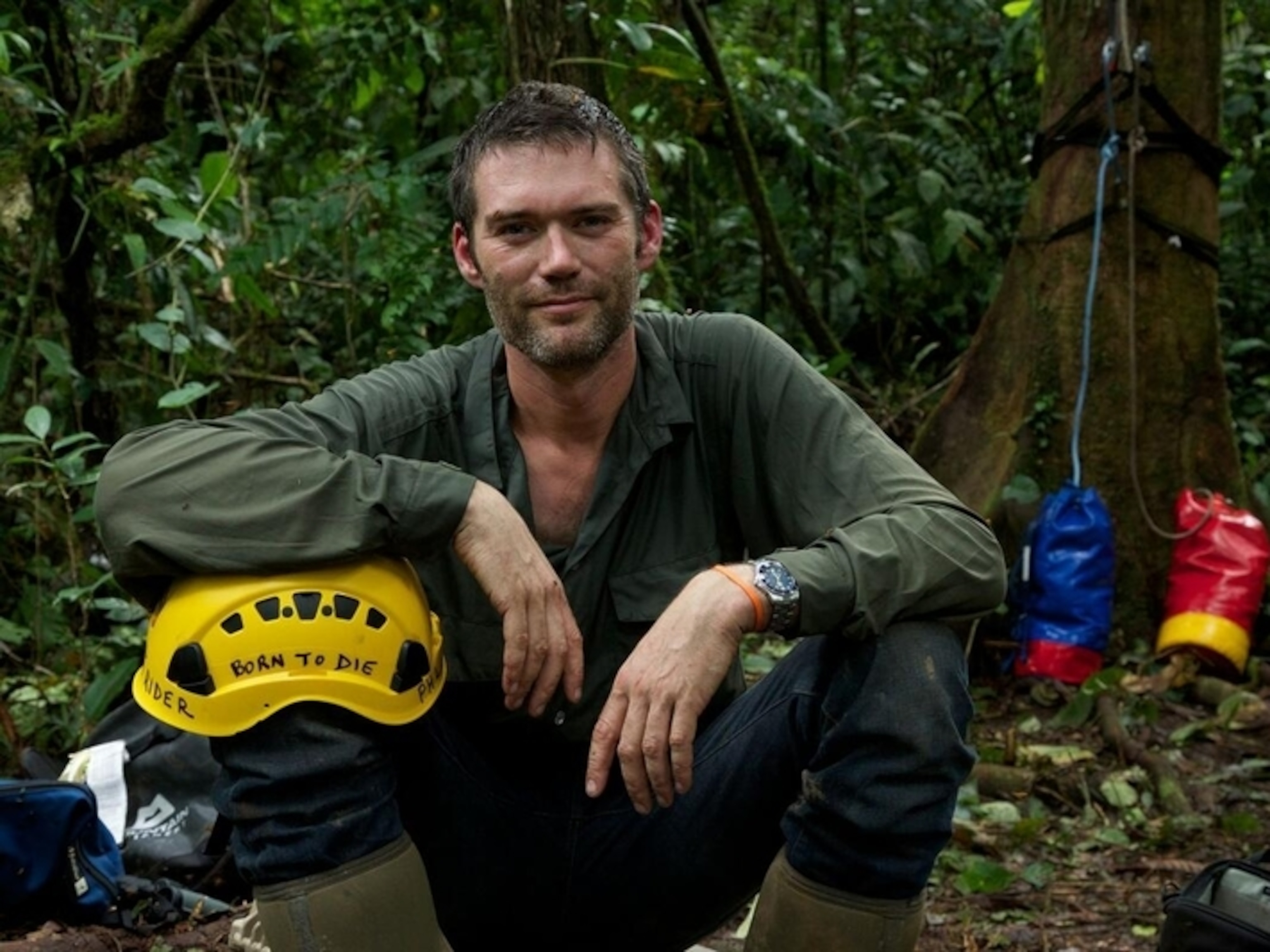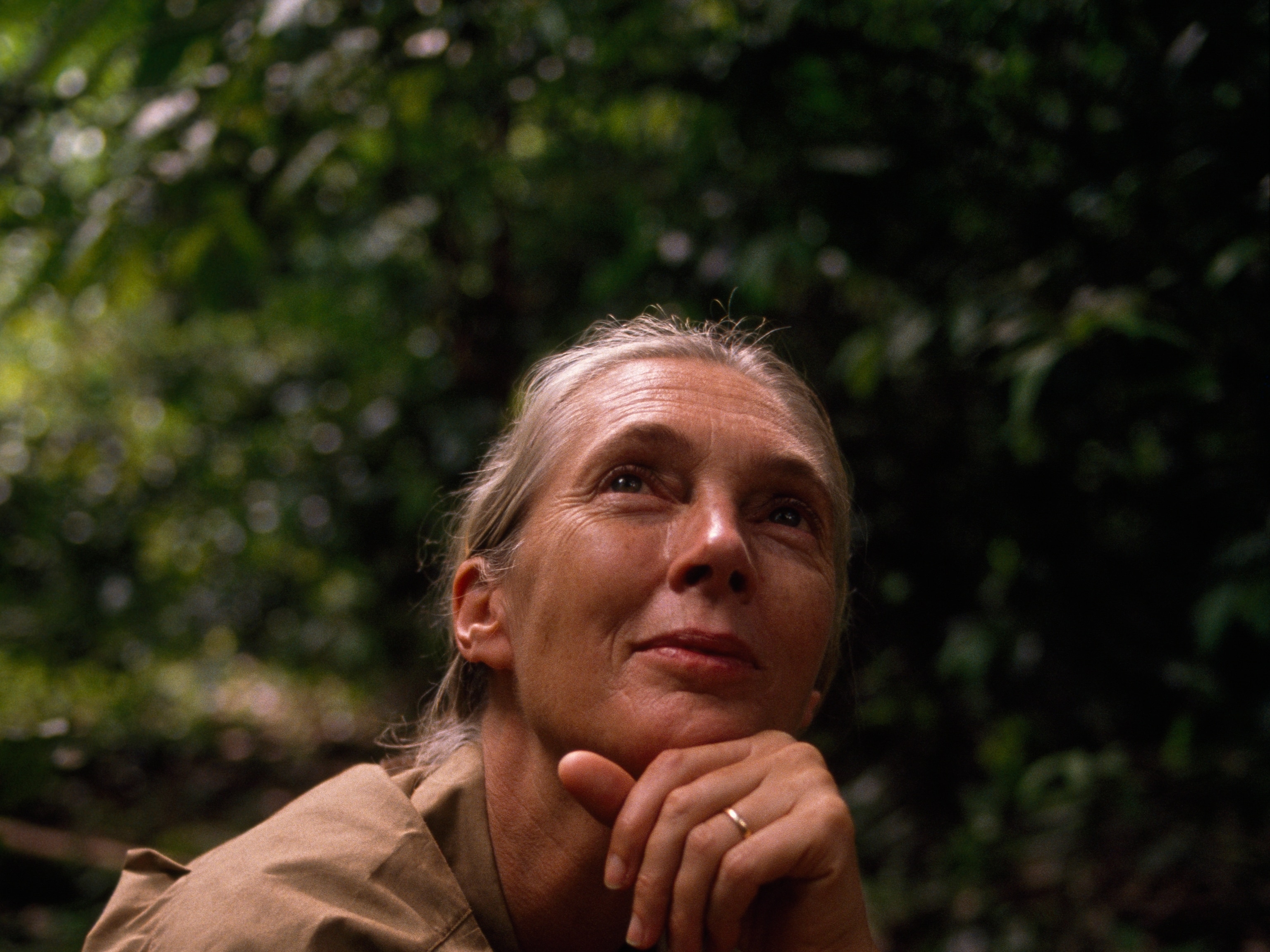Joel Sartore: Using the power of photography to inspire conservation
National Geographic Explorer Joel Sartore is on a multi-year effort to document every species living in zoos and wildlife sanctuaries.
Joel Sartore’s camera sits between him and a roaring tiger with razor-sharp teeth and bold black and orange stripes. Positioned before a stark black backdrop, the powerful animal looks on with curiosity, its long whiskers illuminated by camera light, yellow eyes reflecting in the glow. In one flash, Sartore captures the beauty of the animal and the truth of its existence: it’s an at-risk species in need of protection. This tiger is just one of the thousands of species Sartore has photographed during his career.
“It’s all about telling the story of wild animals in a way that hopefully gets the world to stop and pay attention,” Sartore said.
Sartore is a National Geographic Explorer, wildlife photographer, and conservationist. In 2006, Sartore founded the Photo Ark project to show the world the beauty of biodiversity and inspire action to save endangered species. Now fully supported by the National Geographic Society, the Photo Ark has reached hundreds of millions of people.
Sartore says looking into the eyes of a creature lets us see their great beauty and intelligence: the eye contact, the intimacy, and the absence of a natural setting in the photos help humans see something deeper in another species—and that these animals have a right to exist.
“The Photo Ark was created to try and get the world to care about the extinction crisis and inspire people around the globe to take action to save wildlife,” Sartore said on his Instagram. “A lot has changed since the project began—some species have seen their numbers rise for the first time in decades, many have been discovered and described by scientists for the first time, while others, sadly, have been lost forever.”
Whether it’s an insect or an elephant, the Photo Ark is an equalizer that emphasizes the importance of all Earth’s species. Sartore uses photography to promote the conservation of animals and their habitats. Each photo he takes creates a unique and personal portrait of a creature. His goal is to highlight rare and endangered species on the cusp of extinction. Sartore aims to photograph an estimated 20,000 species living in captivity and inspire people to help protect at-risk species. He is over halfway to his goal.
Before the Photo Ark came to life, Sartore was a National Geographic photographer in the field taking photographs all over the world.
He utilized his sense of humor to capture magazine-worthy human interest pieces and unique moments, but his passion for wildlife conservation is what drove him to photograph in the wild. From fighting off mosquitoes in the heat of Bolivia to getting up close and personal with polar bears on Alaska’s frontier, Sartore has devoted hours upon hours waiting for the perfect shot.
But his journey to becoming a conservationist and National Geographic photographer began in his hometown of Lincoln, Nebraska, where he spent his weekends in nature fishing with his father. He took notice of the abundance of wildlife around him: otters playing along the banks, deer frolicking about the land, and waterfowl perching among the rocks. His father always made him aware of nature’s beauty and how humans played a part in its gradual devastation.
“I think that’s why I care so much about nature today,” Sartore said.
As a child, Sartore remembers looking through the photos in his mother’s Time Life picture book called The Birds. In it was a section on extinction. One image, in particular, stuck out to him—it was a photo of Martha, the world’s last passenger pigeon. With Martha’s death at the Cincinnati Zoo in 1914, the passenger pigeon (Ectopistes migratorius)—which once had a population of billions—went extinct. Sartore could not understand how people could let an animal become extinct, and that feeling stuck with him.
“They had been hunted down to a single bird alone in her cage, and I couldn’t get over that,” Sartore said.
As a teenager, Sartore started snapping photos with an old camera borrowed from a friend’s father. He wouldn’t become an avid photographer until college, where he majored in photojournalism and took photos for his college publication. After college, he went on to work at a local newspaper for six years. During this time, a National Geographic photographer encouraged him to share some photos with the Society’s headquarters. After two years of sharing his best work, he received his first assignment.
Sartore believes a good photograph can give a voice to the voiceless. Sartore says that photography can make a difference in two ways: “It can expose environmental problems as nothing else can, and it can help get people to care.”
Aside from regularly contributing photographs to National Geographic and many other magazines and newspapers, Sartore has also written several books, including many about the National Geographic Photo Ark.
The National Geographic Photo Ark started with a photograph of the naked mole-rat at the Lincoln Children’s Zoo, close to Sartore’s home in Nebraska. Now over halfway to his goal of 20,000 species, Sartore has traveled to over 60 countries photographing for the Photo Ark. His most ambitious project yet, Sartore gives his full measure of devotion to the Photo Ark. It is estimated that the whole Photo Ark project will take about 25 years to complete.
Sartore's latest book, Photo Ark Wonders: Celebrating Diversity in the Animal Kingdom, is available now.




